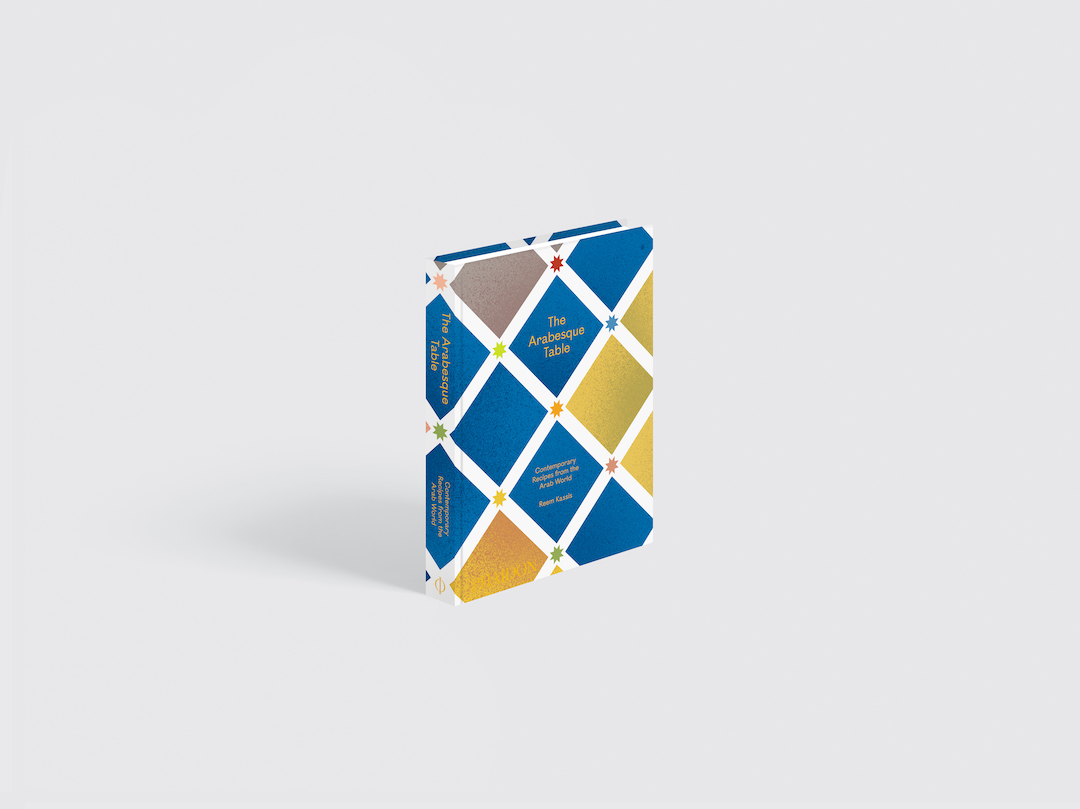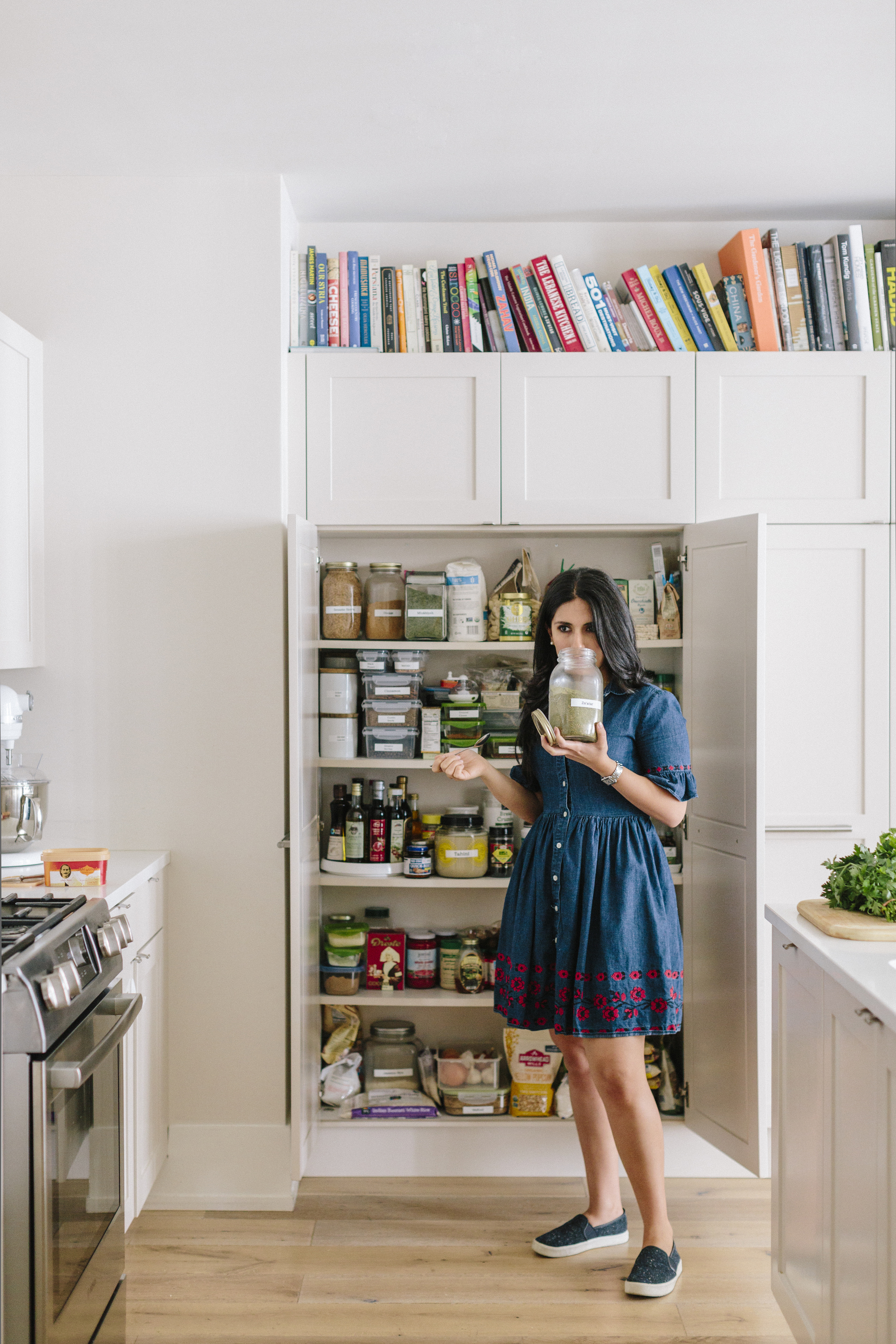
INTERVIEW: Reem Kassis tells us about The Arabesque Table
Following the global success of The Palestinian Table the multiple award winning food writer returns with a new title
Reem Kassis understands that a cuisine with a sense of place isn’t limited by borders. The writer, chef and author of our new book The Arabesque Table was raised in Jerusalem, lives in Philadelphia, and knows how Arabian-style cookery connects together her family, across continents and time zones.
In our new interview with her, conducted to coincide with the publication of her new book, Kassis reflects on the gastronomic gifts her parents passed on to her and the ways in which her own children are remixing the food, in a new multinational setting. Read on to understand which dishes in the new book suit first-timers, which ones are better for a dinner party showstopper, and how the lockdown has pushed her own kitchen routine in new and unexpected ways.
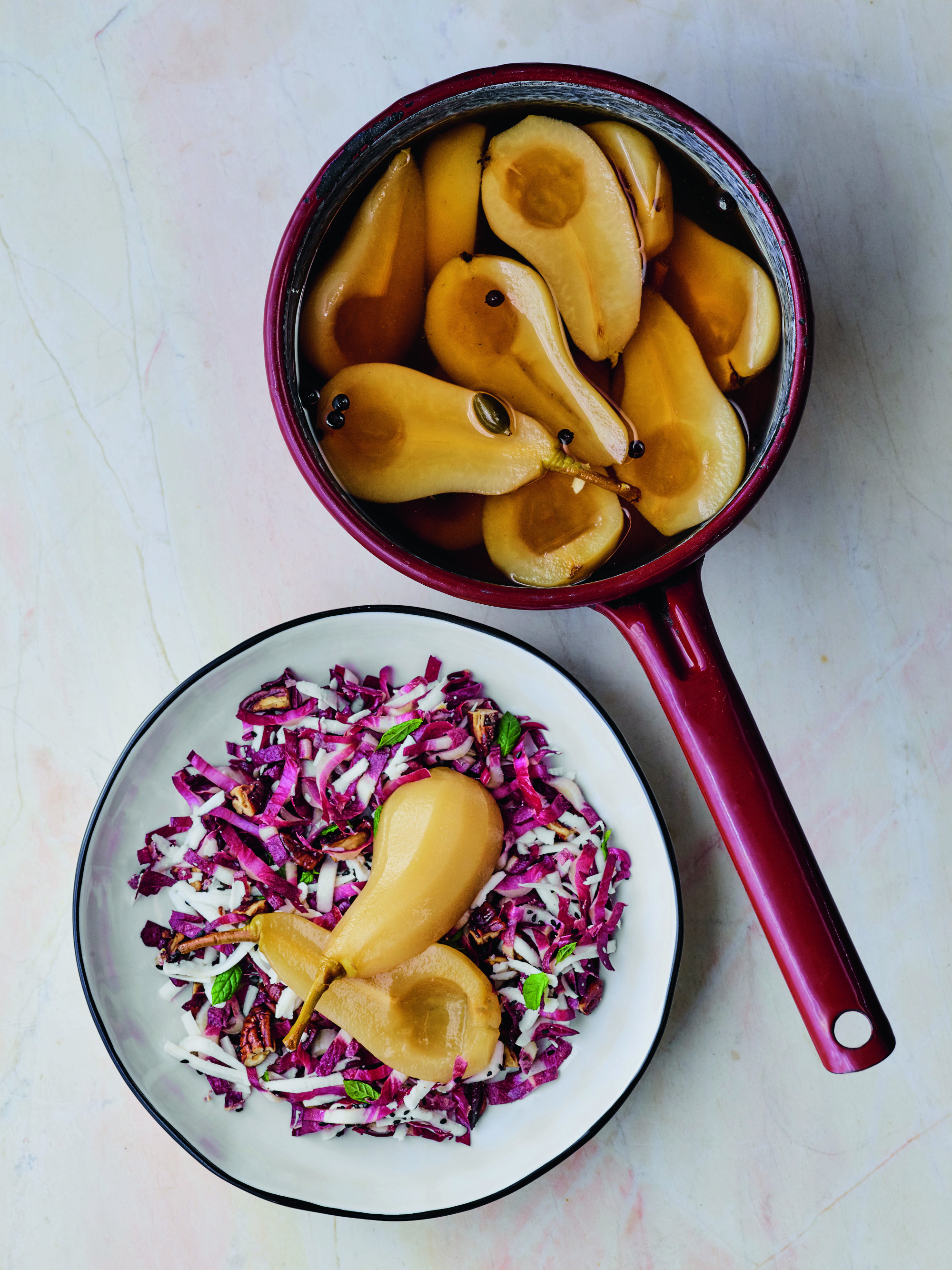
The Palestinian Table won the Guild of Food Writers First Book award and a Gourmand World Cookbook award and was a James Beard Best International Cookbook award finalist and NPR Best Book – that’s a lot to live up to! Did you feel the pressure with this book after setting your bar so high? I felt the pressure the whole time I was writing it! In all seriousness though, it was less the pressure to deliver a book that would surpass the first one and more the pressure of putting out a good product given the vastness of the subject I was approaching in this new book. So far, a few of those who have had advance copies say they like it even more than the first, so we’ll see!
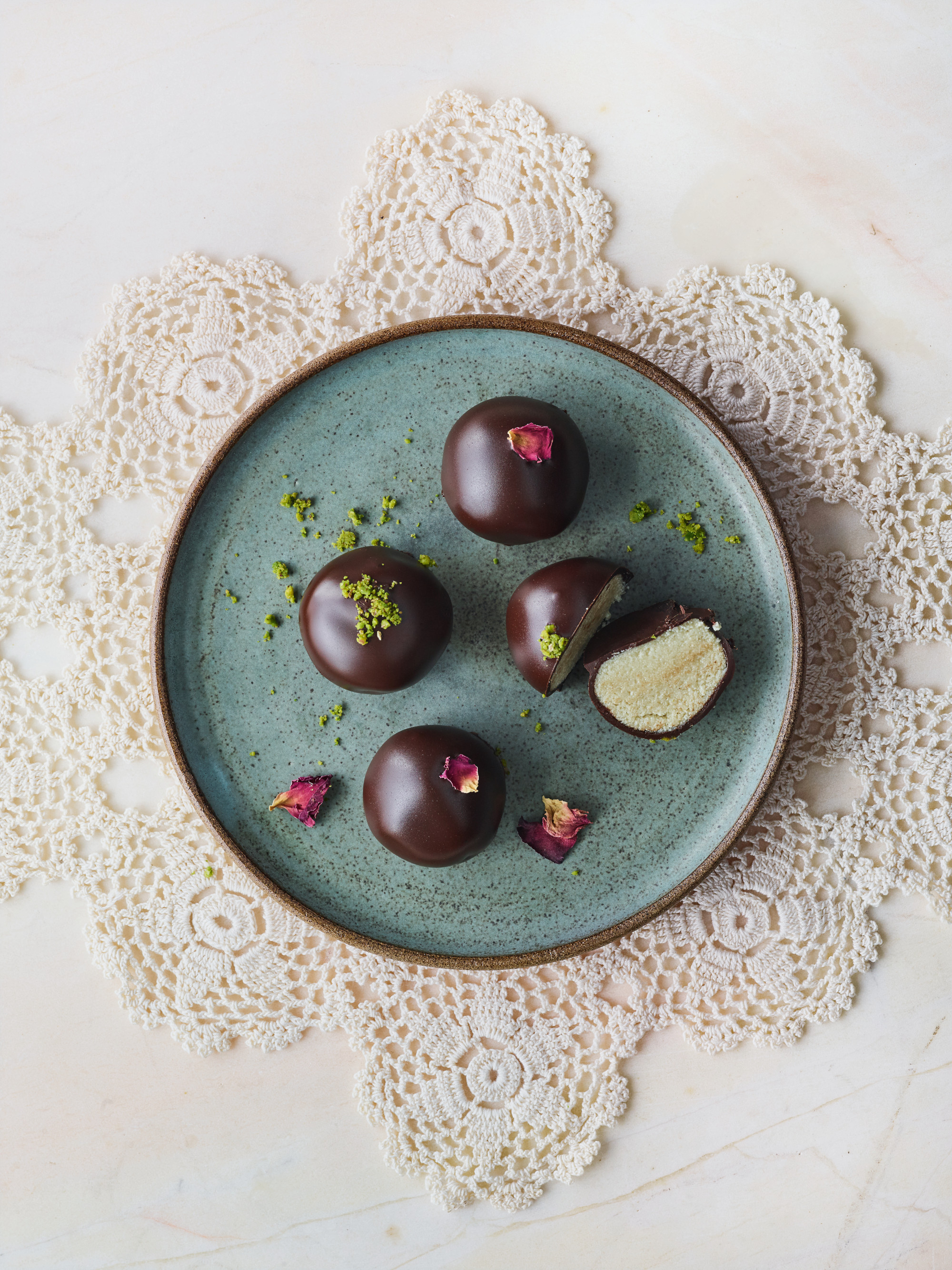
The title of your new book is intriguing. The Arabesque Table features both traditional Arabian cookery, and modern cookery, with Arabian influences, doesn't it? Can you tell us about the split between those forms of cooking? Arab cuisine is one of the oldest cuisines on record. Much of what we eat and recognize today as one national dish or another has its origins in Arab gastronomy (e.g. pana cotta and blanc mange and the very concept of thickened milk desserts in general was brought to Europe by Arab traders in the Middle Ages). This is in large part because of the dominance the Islamic empire held over the world during the Middle Ages. Tomatoes, on the other hand, did not enter Arab cuisine until the 19th century, long after they made their way to Europe following the Colombian exchange. So this fusion, if you will, of cuisines is not new. My aim in the book was to show the fluid and cross-cultural nature of cuisine: how vastly recipes change over time and how recipes attributed to one culture have their origins or ingredients in another. The point is to celebrate the beauty of learning from one another and recognize the impact of interaction with outside culinary traditions, even as we appreciate and highlight our unique national histories. These things are not mutually exclusive.
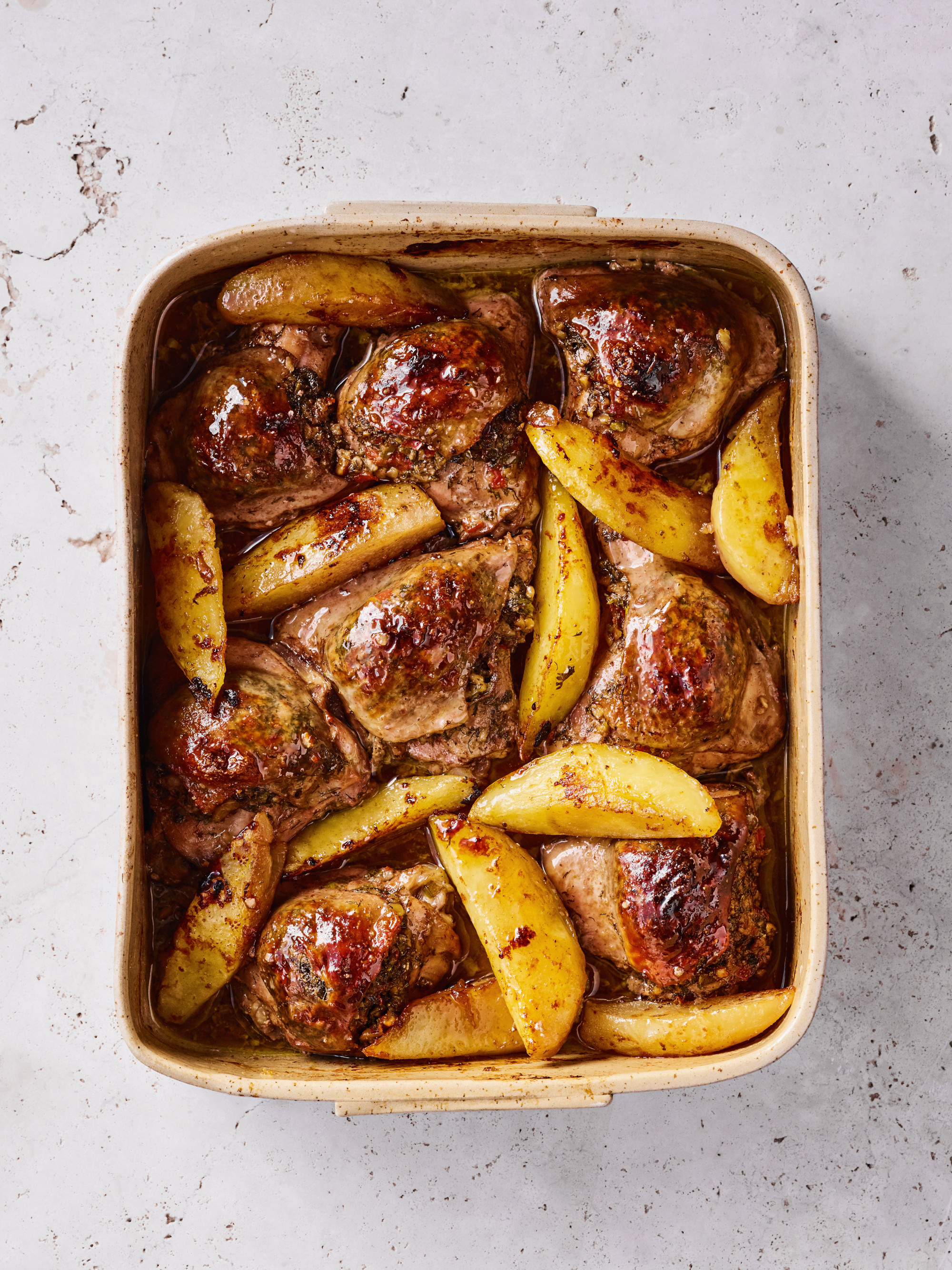
Your own children have grown up in a multicutural setting with friends and neighbours enjoying Jewish, Korean and American foods. Do they like the same things about your dishes as you like? The irony is not lost on me that while I write about food for a living, I ended up with two very picky eaters! I’m often quite surprised by their palates – dishes that remind me of my childhood and are quite simple (e.g. maqlubeh, pea stew etc.) they don’t like, yet give them sushi, or sardines or bacon or smoked salmon and they are all over it. They have gotten better as they get older with trying things, in part also because they help out more in the kitchen and offer up suggestions on how to cook different dishes. One thing they did which I found surprising was they dipped stuffed cabbage in soy sauce. It was my oldest who said she doesn’t like stuffed cabbage but would try it with soy sauce and now it’s a thing. Who knew?
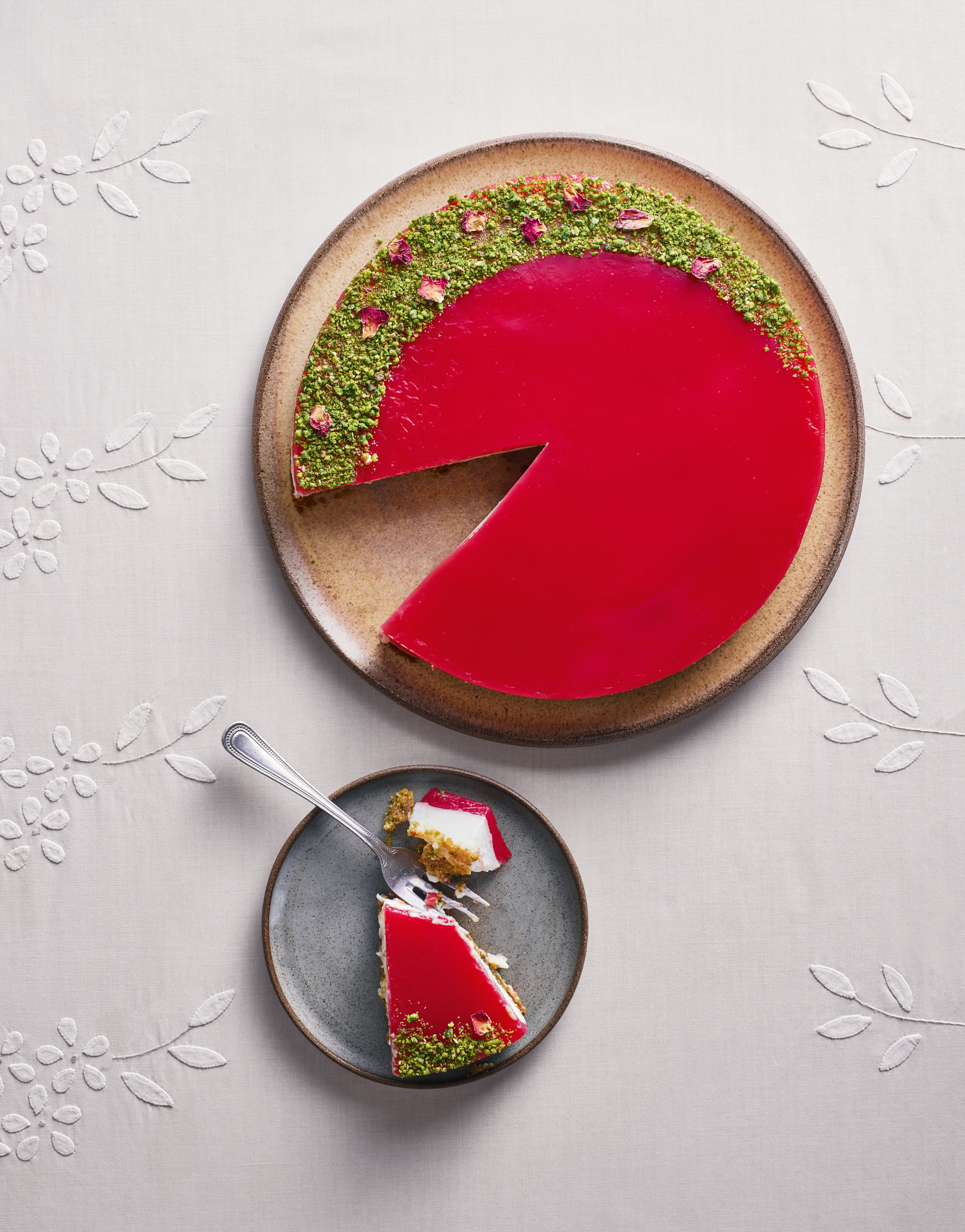
Both your parents feature in the book. How would you characterise their culinary skills and what did they teach you? My parents’ approach to food is, in many ways, quite different but also quite complimentary. When I think of my mother’s cooking I imagine warmth and love through food. She is all about feeding people and trying new foods as well. My father is about precision and tradition. He not only wants everything done precisely, but continues to make the things his ancestors did – from pomegranate molasses to stone cracked olives and sun dried chili paste. So when I take what I learned from both it’s a truly wonderful combination of preserving and honoring the past while also using it to show love and to invite others to learn about this fascinating cuisine and its history.
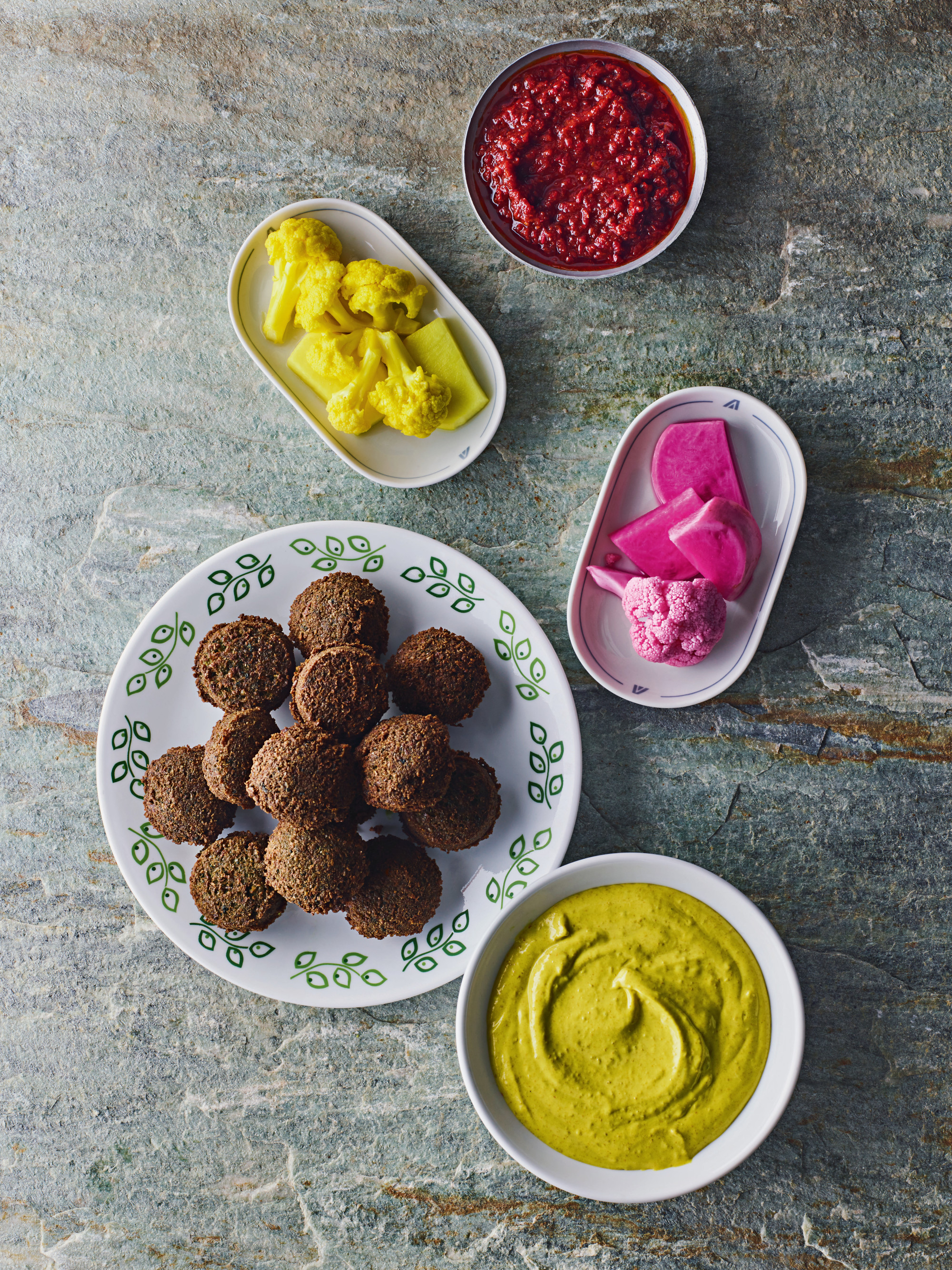
Though much of the book reflects your own background and experiences, there must have been some areas you had to research. What did you learn about, while drawing up this book? The book was actually heavily researched, and I spent the bulk of the year I worked on it doing research. Given how many of the recipes have rich histories, I relied a lot on archival research and ancient Arabic cookbooks to learn more about recipes and ingredients. I also consulted a wide variety of academic sources to understand the history of the region throughout time – everything from customs and traditions to trade, art, culture, and cuisine – and place it in context of the rest of the world’s past. So by the end I found myself knowing way too much about the origins of different ingredients and crops and what people ate and how they ate and how influential Arab cuisine was, and now I can’t stop talking about this stuff to anyone who will listen.
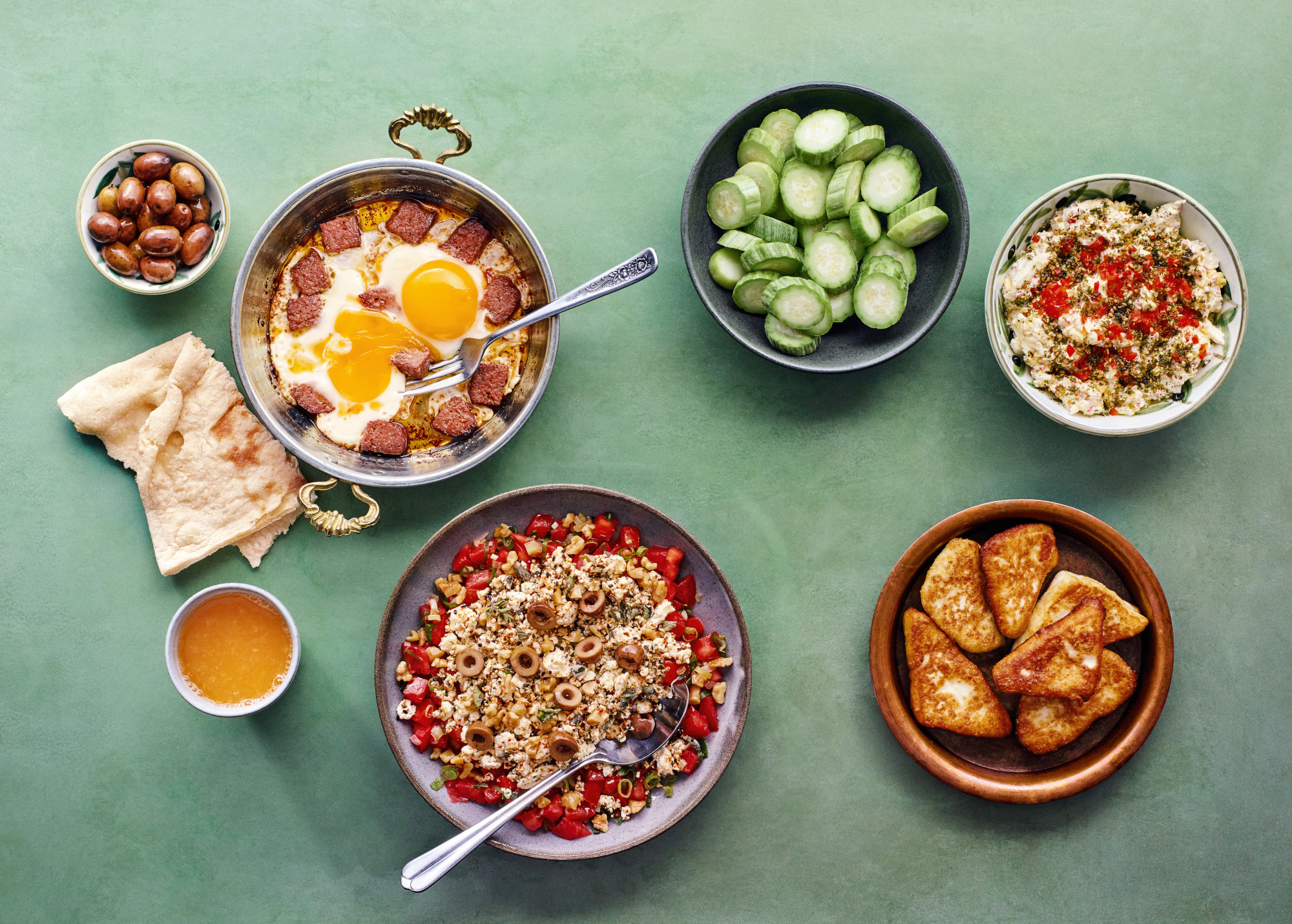
Which dishes would you pick out for a first-timer? Are there any relatively easy inclusions that an experienced home cook might want to work into their routine? And how about a really complicated dish, to truly impress someone?
First timer: Narjissiyeh (an ancient dish simplified for today) or Arayes Pita Burgers (probably the easiest dish in the book and so forgiving!).
Weekly dish: We roast a chicken almost every week so the Pomegranate Molasses and Aleppo Pepper Roast Chicken with Spicy Sahawiq Sauce would be an easy choice to work into a routine and you can play around with the spices.
Complicated/impressive: The Rice Stuffed Cabbage Pie is very impressive looking but actually quite easy. Makmoora is a little complicated and time intensive but very impressive too. You’ll never go wrong with Shrimp Sayadayeh though, or Ouzi Rice, neither of which is particularly complicated. But if you really want to wow someone, I’d say go for one of the beautiful desserts which taste as good as they look!
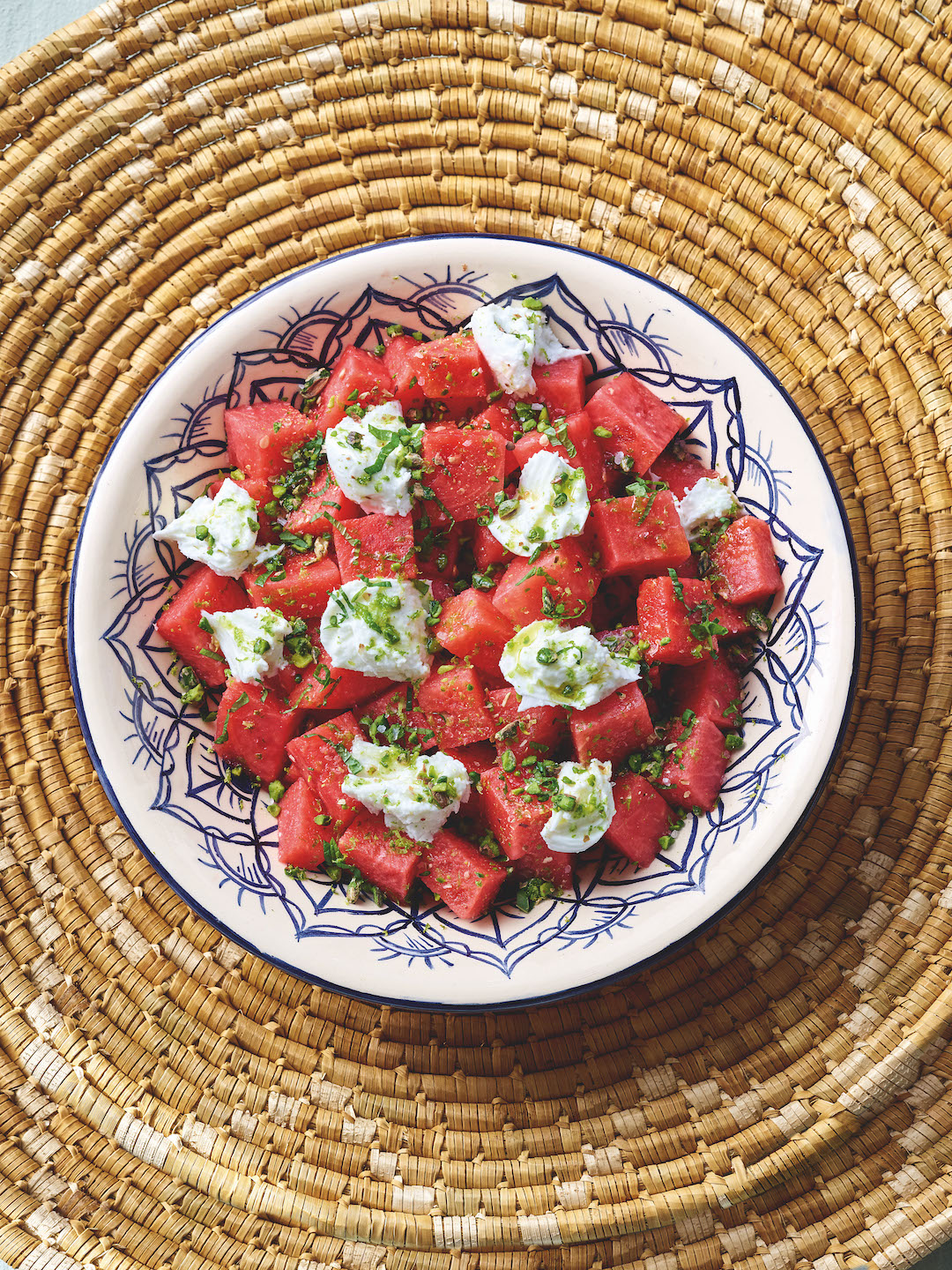
What do you think people will be surprised by in the book? It’s funny you ask that because just today I was speaking to someone who told me that much of what I now take for granted as common knowledge will actually be extremely surprising and counterintuitive to people both within and outside the food world. The very idea that national cuisine is a recent construct only having risen in the late 18th and early 19th century will be novel to people. The fact that Arab cuisine informed much of the world’s gastronomy might be shocking. Many people think that Ottoman cuisine influenced the cuisine of the Middle East, but I bet you people don’t know that the very first Ottoman cookbook was nothing more than a translation of a 10th century Arabic cookbook by the Sultan’s court physician.
You have an MSc in social psychology. Does that inform your view on the way recipes are shared and passed on? Yes, but more than my view on transmission, it informs my view on why people are so attached to the idea of national cuisine and why cuisine helps shape people’s collective identities. Many of the arguments we have around food run much deeper. It’s rarely about the food itself and more about what food represents.
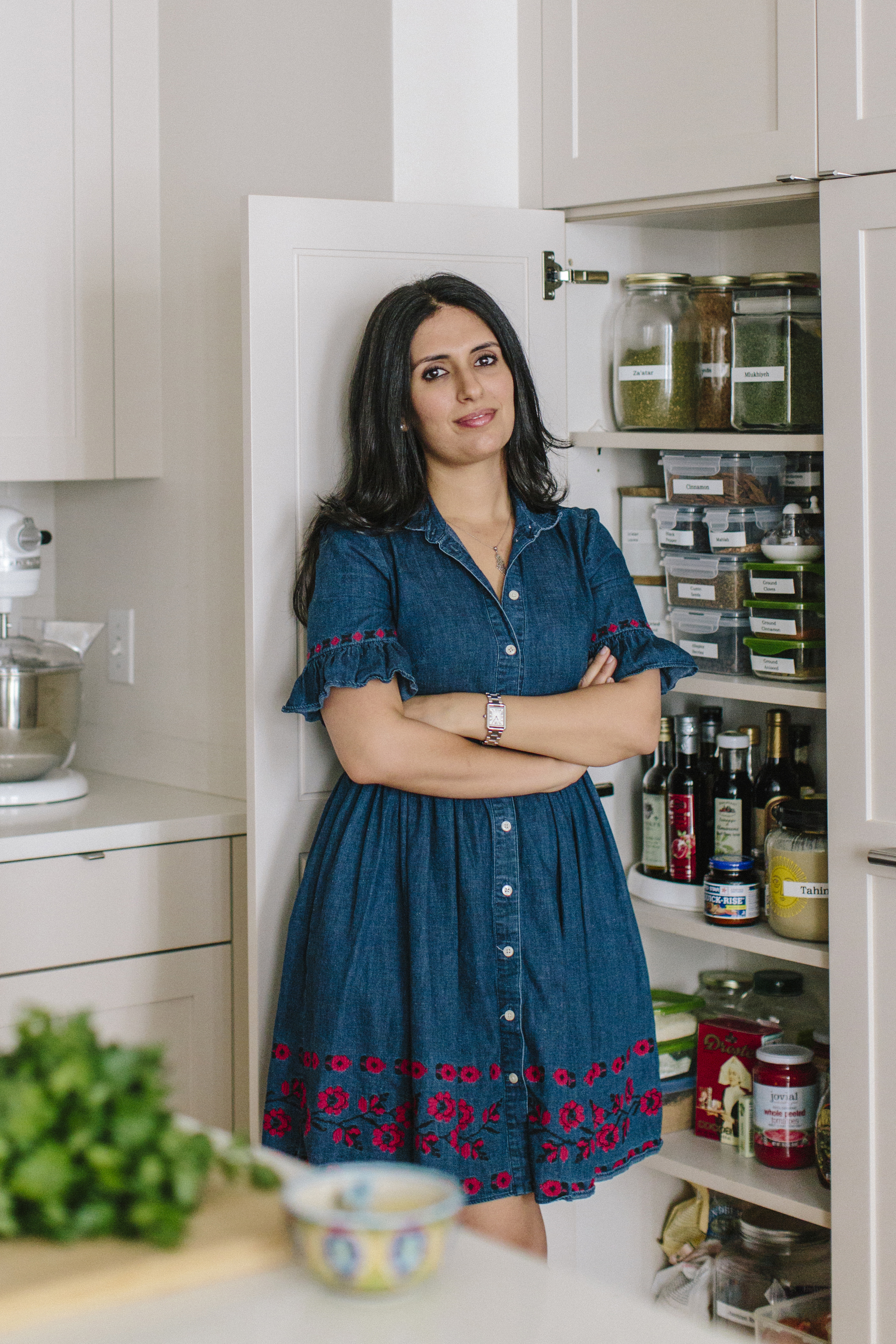
All of us have cooked a little more over the past ten months. When you look back on the pandemic, which dishes will stand out for you, and why? Surprisingly, the pandemic left me feeling a little joyless about cooking and cooking less than before. I always saw cooking as a way to build community and nurture friendships and the inability to cook for large crowds and people I cared about made me turn away from many of the large festive meals I used to cook. The daily dinners with my husband and daughters are what kept me grounded this last year, and I ended up making more of the things the girls like, which tend to be simple: a lot of broths and noodles, a lot of roast chicken and vegetable and lots and lots of bread and bread based dishes, oh, and of course, sweets! One thing I will remember though is how I became resourceful in my cooking so I wouldn’t have to make too many trips to the supermarket. For example, I would a roast a chicken one night, then I would make broth with the leftover bones and use that to make two different dishes over the next couple days. I was always repurposing an element from one dinner for a different one in the following day’s lunch or dinner. I actually found it enjoyable, almost like doing a jigsaw puzzle and trying to get pieces to fit together. But I am definitely looking forward to the time when I can go back to cooking those large festive meals!
To try all the dishes described by Reem and pictured here, as well as much more besides, order a copy of The Arabesque Table here.
